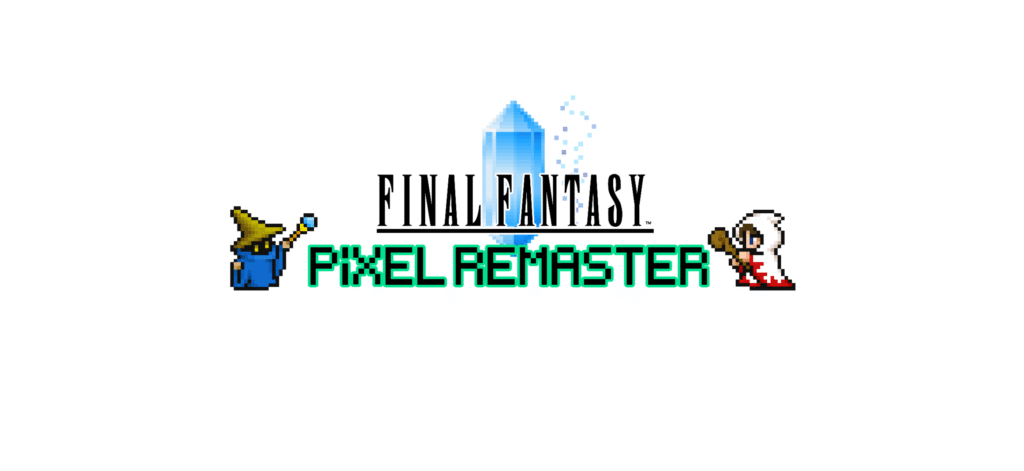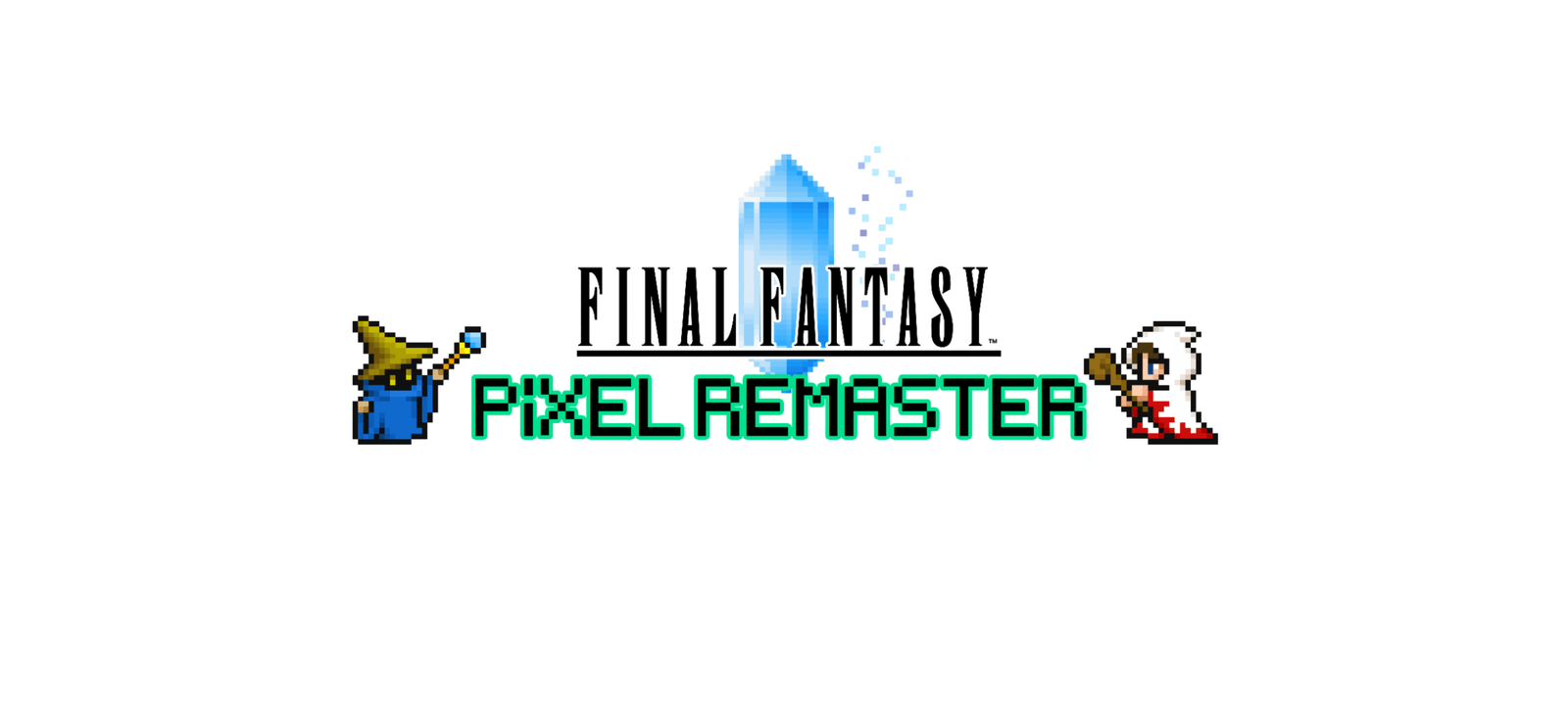
A Nostalgic Journey
Final Fantasy on the NES was one of the very first video games I ever played. It holds a special place in my heart, not just because it introduced me to RPGs, but because of all the little quirks that came with gaming in that era. Remember having to blow into the cartridge to get it to work, or wiggling it side to side ten times to make sure all the contact points lined up? And let’s not forget holding down the reset button before turning off the system to save your game—otherwise, all that progress could vanish into thin air.
One of the coolest parts of the original game was the map that came packed in the box. It covered the entire game world and doubled as a guidebook—giving you hints up until you got the airship. After that? You were on your own. My friends and I opened and closed that map so many times it started to tear in the middle. We’d scotch tape it back together, fold it back up, and slide it back into the cartridge case, completely unaware that we were holding a collectible gem.
Back then, RPGs were simpler: no side quests, no quest markers—just talk to every NPC, scribble notes, and piece together your own path forward. One of the biggest hurdles was getting the Mystic Key, and the sense of accomplishment when you finally did was huge—only to realize the game had so much more in store.
About the Pixel Remaster
Fast-forward to today, and Final Fantasy Pixel Remaster has brought that same classic experience to modern platforms—updated yet true to the original’s spirit. Released between July 2021 and February 2022 across mobile, PC, and eventually consoles, this remaster was part of a series that revisited Final Fantasy I-VI with reworked pixel art, improved soundtracks, and some quality-of-life features.
Production Notes:
• Developed and published by Square Enix, this remaster project aimed to unify the visual and audio style across the first six games.
• The art direction was overseen by Kazuko Shibuya, one of the original pixel artists from the early Final Fantasy games.
• The soundtrack was rearranged by the legendary Nobuo Uematsu himself, preserving his original compositions while giving them a richer, modern sound.
• The Pixel Remaster edition of Final Fantasy I added features like a quick save system (great for pick-up-and-play on mobile), the addition of an Ether potion (which didn’t exist in the NES version!), and improved menus.
• The game also features an auto-battle option to streamline combat—especially useful for grinding—while preserving the challenge of the original design.
A True Classic, Then and Now
Playing the Pixel Remaster on my phone brought back all those memories—especially being able to play for 10–15 minutes at a time, then save and come back later. Back in the day, being stuck in a dungeon with no way to save could ruin your day. Now, it’s all so much more accessible.
If you’re a fan of classic RPGs—or if you’ve ever wondered where all the tropes of modern RPGs come from—Final Fantasy I Pixel Remaster is a must-play. It’s a trip down memory lane, but with enough new features to make it feel fresh.
Stay tuned for Part Two, where I’ll share a quick walkthrough guide to help you get through some of the game’s trickiest parts. In the meantime, let me know in the comments: What are your memories of the original Final Fantasy? Or what do you think of the Pixel Remaster?
~ Sean Flac 2.0


Leave a Reply